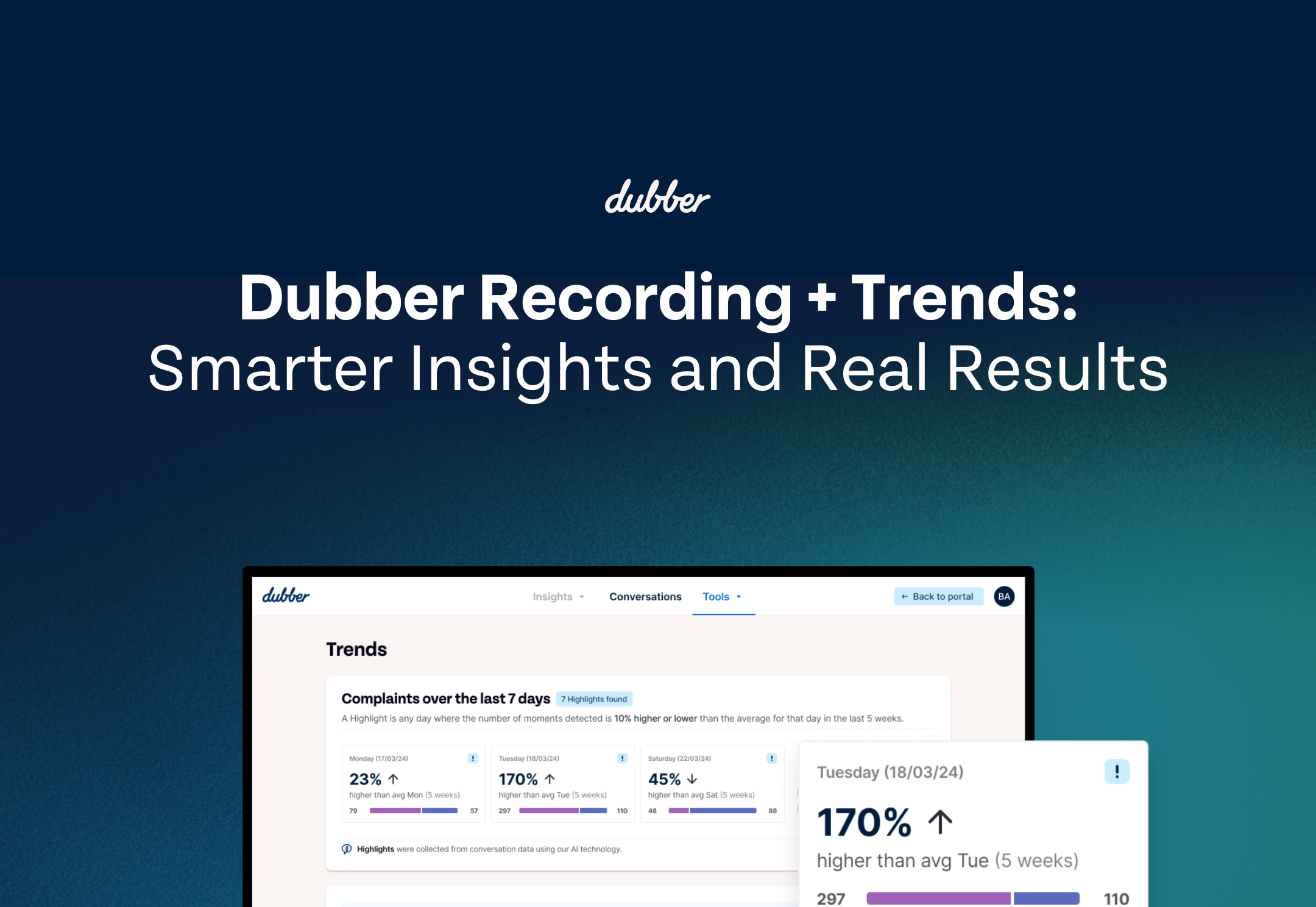

The Fourth Industrial Revolution: Intuitive Networks
The second part of our Fourth Industrial Revolution series explores how networks are expected to evolve in the future. You can read our introduction to the Fourth Industrial Revolution here.
Telecommunication networks are vast physical structures that perform diverse functionality in a way that must conform to regulatory restrictions. The industry is constantly adapting to developments in technology and evolving business models and the rate of change that they must keep up with is increasing.
Cloud technology
Advances in digital and cloud capabilities are expected to transform networks, moving away from expensive hardware to innovative software that can increase reliability and flexibility. These software solutions will have API-based interfaces and will be deployable across affordable, general-purpose hardware platforms. Cloud technology, such as software-defined networking (SDN) and network function virtualisation (NFV) are leading this network evolution, as they allow telecommunication service providers to manipulate the network on demand.
AT&T are pioneering the adoption of SDN and NFV, setting a target of 75% of the AT&T network based on SDN and NFV technologies by 2020. It is expected that other carriers will follow AT&T’s lead and that SDN and NFV could be worth a total of $220 billion for network operators and equipment providers over the next decade. At Cox Communications, Executive Director of Advanced Technology Jeff Finkelstein said the proliferation of IoT connectivity will continue to drive cable network demand, which is increasing at an annual rate of 53 percent. He sees the only way to manage that growth is to capitalize on technologies including SDN and NFV.
Cloud technologies applied to network infrastructure will allow network operators to reduce their spending, particularly on energy. This could result in a positive change for the environment, with a switch to new technologies predicted to save more than 180 million tonnes of potential CO2 emissions.
5G
The 5G network is key to the Fourth Industrial Revolution. Already being rolled out to certain cities and locations such as Gatwick airport in the UK, 5G uses high-frequency radio spectrum but will need lower band airwaves outside of urban areas. Service providers will need to ensure that they can provide the network across the spectrum in order to reach a larger market. 5G is characterised by low-latency: meaning there is minimal delay in the processing of data. This allows it to support operations that require near real-time access to rapidly changing data. 5G will allow the commercialisation of technology such as the internet of things, virtual and augmented reality and autonomous transportation, as well as evolving industries from television broadcasting to agriculture.
Intuitive networks
Understanding network workloads and how to allocate infrastructure accordingly is another way in which networks will be transformed. As networking evolves, machine learning technologies have the potential to create networks that are self-sufficient. This technology would mean that networks could identify errors and issues and fix problems before they affect communications. These intuitive networks will be able to automatically adjust bandwidth provisions depending on requirements.
Driven by artificial intelligence, intuitive networks collect data from points throughout the network; including end user smartphones, switches, WAN routers and cloud servers. This data can be used to understand how the network is being used, giving network engineers the information they need to do their job more efficiently.
Evolved networks will make provisioning quicker and easier, with agile delivery allowing staff more time to work on other advancements as less time is required to be spent on routine network management. Networks will also have much greater scalability; meeting traffic demands as they fluctuate over time. With intuitive networks, business continuity and disaster recovery are also improved. As networks are able to identify issues, traffic can be rerouted in order to reduce downtime, reducing customer churn due to increased satisfaction through more consistent levels of service.
Dubber’s native cloud products have been designed to take their place in the Fourth Industrial Revolution. Built natively in the cloud, Dubber solutions are already offering the cost and energy saving benefits of a software-as-a-service model. With no on-premise equipment the costs of running server rooms, as well as the energy consumption associated with powering them, are removed. By eliminating the hardware requirements of legacy solutions, we are able to offer a service that can scale to meet demand: without restrictions. In this way, our platform is prepared for a future where communications solutions automatically scale depending on requirements.
In part three of the Fourth Industrial Revolution series we’ll look at the world of communications beyond phone calls and the new digital communication methods and extended revenue streams that will be available in the future.

